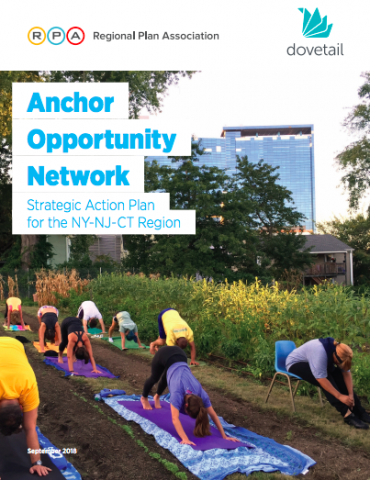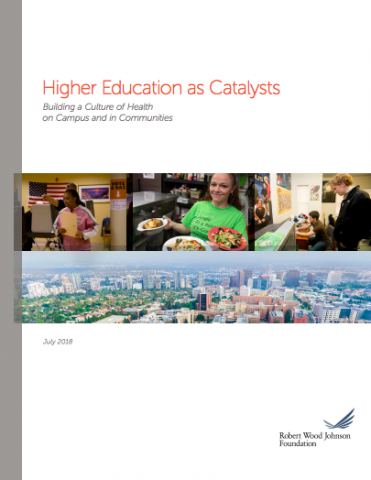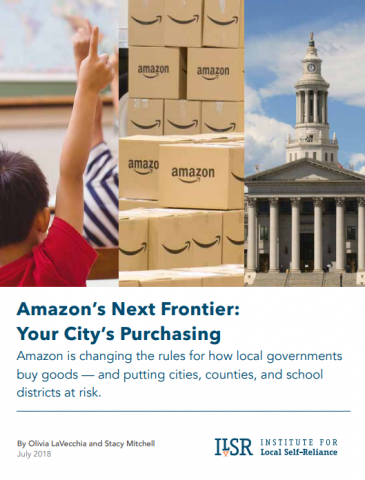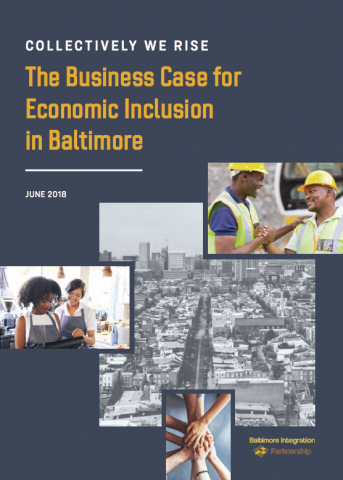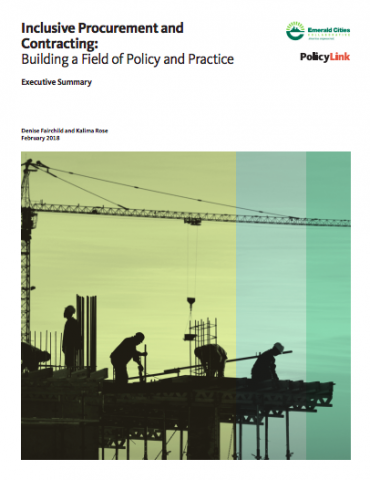Corporations and anchor institutions like hospitals and universities are stepping up MWBE contracting commitments and programs, too. The Democracy Collaborative, a nonprofit that does research and builds leadership around equitable, inclusive and sustainable development, has been working with anchor institutions to support more diverse contracting through the lens of building stronger local economies. In January 2017, it formed the Healthcare Anchor Network, consisting of 30 healthcare systems nationwide.
“Healthcare systems are recognizing the need for intentionality to overcome the history of discrimination,” says David Zuckerman, who manages the network. Yet such programs remain in danger of going away when there’s a leadership change, he notes.
“If you can institutionalize it, and build it into your strategic plan, that’s what’s powerful,” he says. “We’re not there yet, but I think in the next year we’re going to see more health systems build this local impact work into their strategic plans.”
One way to institutionalize it: Make it someone’s job.
“There might be an official statement that ‘we’re going to prioritize the effort to increase our spend to MWBEs,’ but it’s not any one person’s job, it’s something extra,” Zuckerman says.
